Was essen Sie gern? Was trinken Sie gern?

das Bier -e
|
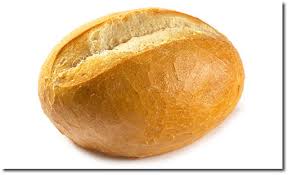
das Brötchen -
|
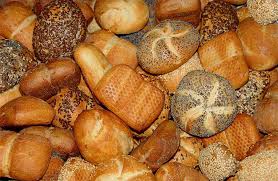
das Brötchen - / die Brötchensorten
|
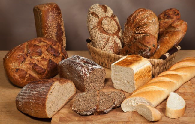
das Brot -e / die Brotsorten
|

die Butter
|

der Döner -
|

das Ei -er / ein gekochtes Ei
|
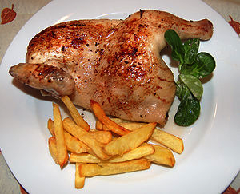
das Hähnchen -
|
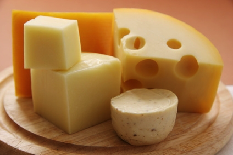
der Käse -n
|
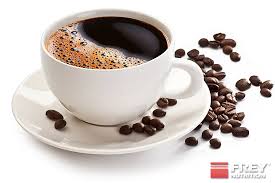
der Kaffee
|
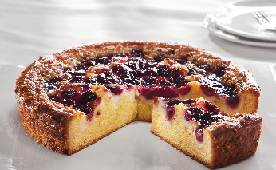
der Kuchen -
|

die Pizza -s (or die Pizzen)
|

die Pommes Frittes (die Pommes)
|
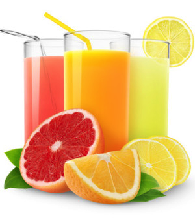
der Saft / die Säfte
|
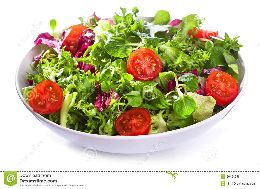
der Salat -e
|
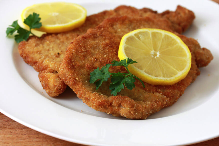
das Schnitzel -
|
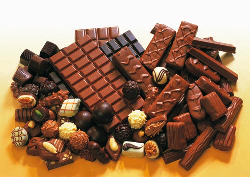
die Schokolade -n
|

die Suppe -n
|
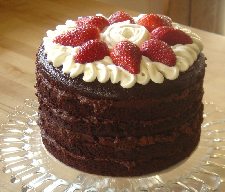
die Torte -n
|

die Wurst / die Würste
|

das Wurstbrot -e
|
Kultur: Essen und Getränke
Learning about another culture can often start with learning how people eat. Food is one of the most distinctive features of
all cultures.
- das Bier: Beer is readily associated with German-speaking countries and, indeed, Germans do drink a lot of beer. The
quality of beer is outstanding, and the history of beer in Germany dates back to the eighth century.
- das Brötchen: There are hundreds of kinds of these small bread rolls, which go by various names in various regions,
such as der Weck -en, die Schrippe -n, and die Semmel -n, and they are ubiquitous on the German dining
tables and the main staple at breakfast.
- das Brot: Like Brötchen, bread in general is the main staple in the German diet. The quality and taste of
German breads hardly have any equivalent in the United States. Bakeries are everywhere in German-speaking countries and
bakers are highly trained professionals who take great pride in their products.
- der Döner: short for der Döner-Kebap, this has become the most popular fast food in Germany -- a turkish
sandwich that has its German beginnings in Berlin sometime in the early 1970s.
- das Hähnchen: rotisserie chicken with pommes frites is a common fast food and is featured in student
cafeterias. One typically orders "ein halbes Hähnchen" (a half chicken).
- der Käse: Although the French or Swiss are well known for fabulous and a great variety of cheeses, Germany also
produces a vast amount and assortment, and is a part of very many German meals.
- der Kaffee: Germans drink so much coffee, that in some years the consumption of coffee exceeds that of beer! And they
demand high quality. Germans tend to drink their coffee a little stronger than North Americans.
- der Kuchen: These are flat cakes, often with fruit or other kinds of toppings, and are also integral to German food culture.
The tradition of "Kaffee und Kuchen" in the afternoon is observed in many German households. Like breads, baking Kuchen
is a product of fine craftsmanship in Germany.
- das Schnitzel: Literally translates as "cutlet", Schnitzel are usually pan-fried small cuts of pork or veal prepared
in a great variety of styles. They can be breaded or unbreaded and served with sauces and toppings. Jägerschnitzel,
a cutlet topped with mushroom gravy, can be found all over Germany. There are endless regional variations and special house recipes
in restaurants.
- der Saft: Statistics show that in many years, Germans drink more fruit juice than any other country in the world.
Germany has large specialty markets for beverages (Getränkemarkt / Getränkemärkte), along with selling beverages
in regular grocery stores and other places.
- die Schokolade: Chocolate in several European countries, including Germany, is delicious. Top German brands of chocolate are Milka, Ritter-Sport,
and the Swiss company Lindt.
- die Torte: This is a layer cake, not to be confused with der Kuchen. There are many well-known regional specialties, such as the
Schwarzwalder Kirschtorte (Black Forest Cherry Cake).
- die Wurst: Wurst is a generic term for most kinds of processed meats, such as sausages and cold cuts. There are
over a thousand kinds of Wurst in Germany. One purchases Wurst in a butcher shop (die Metzgerei), as well
as in supermarkets and grocery stores. The Metzgerei is often preferred, because the owner is a licensed professional
with a certification as a master meat preparer.
- Pommes Frites: Germans eat a lot of french fries, but probably not quite as much as Americans. They use the the French name, pronounced "pome frit",
but often refer to them as "Pommes" (pommies). NOTE: If you order Pommes Frites in Germany, they might ask you if you want
"Ketschup oder Majo" with that. Yes, Germans eat french fries with mayonnaise!
Other Foods
Getränke
- der Wein
- die Milch
- der Tee
- das Wasser
|
Essen
- die Nudeln
- das Fleisch
- das Schweinefleisch
- das Rindfleisch
- der Fisch
|
|




















